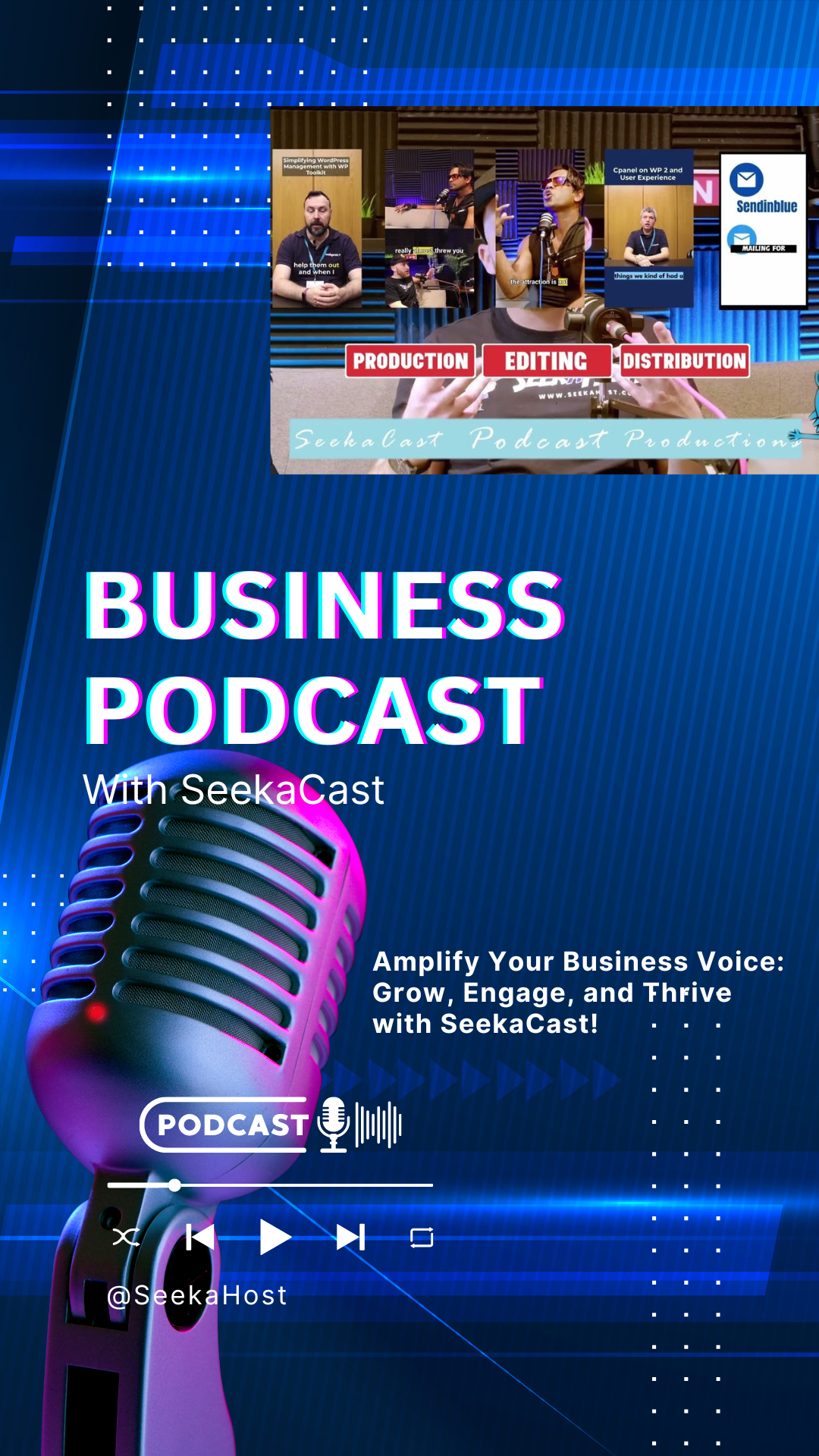In today’s fast-paced business landscape, ensuring that new employees are equipped with the knowledge and tools they need from day one is critical to their success.
A well-structured onboarding process helps new hires feel connected to the company’s culture, understand their roles, and be productive more quickly. Instructional design for onboarding is the key to achieving this seamless experience, and platforms like Open edX offer innovative solutions that empower employers to deliver highly effective employee training programs.
The Business Case for Open edX in Onboarding

The use of platforms like Open edX can provide businesses with a significant return on investment (ROI) when it comes to onboarding. Research shows that effective onboarding can improve employee retention by 82% and productivity by over 70%.
By investing in a platform that supports comprehensive, well-designed instructional content, businesses can reduce the time and resources spent on manual training, minimize knowledge gaps, and ultimately increase the productivity of their workforce.
Furthermore, Open edX’s open-source nature means companies can customize the platform without the high costs associated with proprietary systems. This cost-effectiveness, coupled with its flexibility and scalability, makes Open edX an attractive option for businesses of all sizes.
The Role of Instructional Design in Onboarding

Instructional design refers to the systematic development of training programs by using educational theory and practice. For onboarding, this design ensures that training content is not only informative but also engaging and relevant to the new employee’s role.
Effective instructional design takes into account the learning styles of employees, the need for accessible content, and the structure required to guide them through their early days within the company.
By implementing a customised design in partnership with an instructional design company, employers can streamline onboarding to ensure that:
1. New hires quickly understand the company’s values and culture
The onboarding experience is often the first glimpse employees get into the organizational culture. Instructional design allows companies to clearly communicate their mission, vision, and workplace expectations.
2. Employee engagement increases
Engagement is a critical factor in the success of new hires. Well-designed learning modules that are interactive and personalised can make the onboarding process more enjoyable, encouraging employees to stay focused and motivated.
3. Knowledge retention improves
Traditional onboarding often relies on information overload, leading to poor knowledge retention. Instructional design breaks down information into digestible chunks, using strategies like microlearning and assessments to reinforce key points and ensure employees retain important information.
4. Onboarding processes become more scalable
As companies grow, scaling onboarding processes can become challenging. A structured instructional design allows for consistent training across departments and locations, ensuring that every employee receives the same high-quality onboarding experience.
5 Benefits of Open edX for Employee Onboarding and Training

When considering instructional design platforms for workplace or remote onboarding, Open edX is one of the most robust and flexible solutions available. Initially developed by Harvard and MIT, Open edX is an open-source learning management system (LMS) designed to support both online and blended learning.
Here are some key benefits of using Open edX for employee onboarding:
1. Customizable Learning Paths
Open edX allows employers to create customised learning paths tailored to the specific needs of their new hires. This flexibility ensures that different departments or roles receive specialised training, reducing irrelevant content while focusing on the essentials that matter for each position.
2. Engaging and Interactive Learning
Employee engagement is essential for knowledge retention, and Open edX excels at providing interactive learning experiences. Employers can embed multimedia elements like videos, quizzes, and simulations into the training modules to enhance the learning experience. Employees can participate in interactive discussions, group projects, or peer feedback sessions that foster a sense of community, even when training is done remotely.
3. Self-Paced Learning
One of the significant advantages of Open edX is the self-paced learning model it supports. New hires can progress through their onboarding at a pace that suits them, which is particularly beneficial for employees with different levels of experience or learning speeds. This self-paced nature also means employees can revisit materials at any time if they need clarification on certain topics.
Additionally, Open edX tracks employee progress, allowing HR departments and managers to monitor completion rates and identify any areas where additional support may be needed.
4. Scalability for Growing Teams
For companies expanding rapidly, Open edX offers a scalable solution that can grow with the organisation. It allows the integration of multiple training programs on a single platform, which is perfect for companies that operate across different regions or require multilingual training options.
The platform can accommodate thousands of users simultaneously, making it ideal for businesses with both local and global operations. This scalability ensures that as new employees are onboarded, they receive the same consistent training, regardless of their location or team size.
5. Data-Driven Insights
One of the major advantages of using Open edX is its built-in analytics feature. This allows employers to track employee performance during onboarding, and analyse test scores, completion rates, and engagement levels. These insights can help HR departments refine training programs over time, ensuring continuous improvement and alignment with business goals.
Final Thoughts
Instructional design plays an essential role in creating a seamless and effective onboarding experience, and platforms like Open edX provide the tools needed to deliver training that engages and equips employees for success. Employers looking to improve their onboarding processes should consider integrating Open edX with professional support to offer new hires a customised, interactive, and scalable learning experience. By doing so, companies can not only ensure a smooth transition for employees but also foster long-term productivity and job satisfaction.
Author Profile

- Blogger by Passion | Contributor to many Business Blogs in the United Kingdom | Fascinated to Write Blogs in Business & Startup Niches
Latest entries
 BusinessApril 11, 2025How Hiring a Student Could Be the Best Move Your Business Makes
BusinessApril 11, 2025How Hiring a Student Could Be the Best Move Your Business Makes Living in LondonApril 9, 20255 Key Considerations for Long-Term Urban Rentals
Living in LondonApril 9, 20255 Key Considerations for Long-Term Urban Rentals EntertainmentApril 3, 20257 Slot Games that are Popular with Londoners
EntertainmentApril 3, 20257 Slot Games that are Popular with Londoners EventsMarch 25, 2025EGR Awards 2025: London’s Comeback After Losing ICE
EventsMarch 25, 2025EGR Awards 2025: London’s Comeback After Losing ICE




